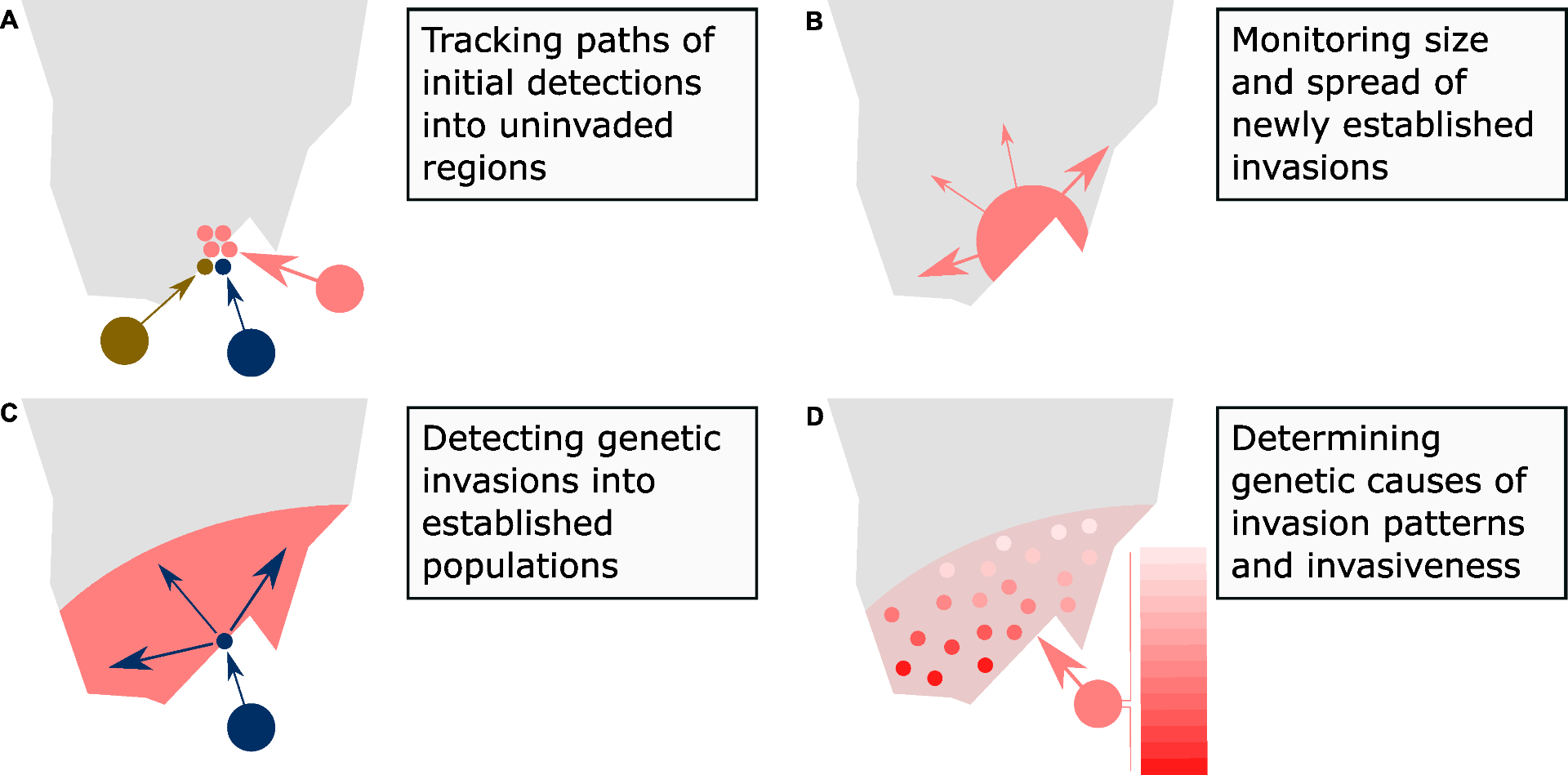
Improving mosquito control strategies with population genomics
Words: Tom Schmidt
When researchers want to investigate evolutionary processes like adaptation and dispersal, they frequently make use of population genomic methods. Population genomics uses DNA data from across an organism’s entire genome – that is, across all of that organism’s DNA. This DNA data can be compared with DNA from other organisms, which can help shed light on their shared evolutionary history. Comparisons can also be made between sections of DNA within genomes to reveal genes under natural selection and other interesting evolutionary processes.
PEARG has been studying mosquito population genomics for nearly a decade, but all of our research has concerned dengue mosquitoes (genus Aedes). The other major genus is Anopheles, which transmit malaria. Our recent review in Trends in Parasitology investigated how current genomics research in Aedes and Anopheles has been progressing. Interestingly, we found that studies of Aedes and studies of Anopheles have mostly been guided by different objectives and have used different methodologies.

Left: Aedes aegypti. Right: Anopeles stephensi. Source: Wikipemedia Commons
One reason for these differences between Aedes and Anopheles research is that they have different biologies. Aedes species can be very invasive, so invasion studies are a major feature of Aedes research (video). Aedes have also been the target of rear-and-release strategies for ten years now, while similar control programs for Anopheles have yet to see field deployment. On the contrary, Anopheles research has focused much more on disentangling cryptic species and working out how these species transfer insecticide resistance to one another.
As well as biological differences, Aedes and Anopheles research has proceeded independently due to research constraints. Much like evolution itself, research in science is guided by constraints. One major constraint affecting mosquito genomics research concerns the size of mosquito genomes; in other words, how much DNA they have. Anopheles genomes are about one-fifth of the size of Aedes genomes and have simpler structure. This means that it is relatively cheap to study Anopheles genomes in their entirety, while Aedes research has usually analysed only a fraction of the genome. This choice strongly affects the sorts of questions that can be investigated, and thus the direction of research.
Future research, however, seems less likely follow these diverging paths. Anopheles invasions are becoming more important to study, particularly Anopheles stephensi, an urban malaria vector currently spreading through African cities. Additionally, Anopheles rear and release programs are slated to begin mosquito deployments soon, which should be accompanied by the sort of population genomics research applied to Aedes programs. For Aedes, the major species now have very high-quality reference genomes, making whole-genome sequencing projects more appealing.
Share link for article

To help you access and share this work, we have created a Share Link – a personalized URL providing 50 days’ free access to your article. Anyone clicking on this link before July 18, 2021 will be taken directly to the latest version of your article on ScienceDirect, which they are welcome to read or download. No sign up, registration or fees are required.